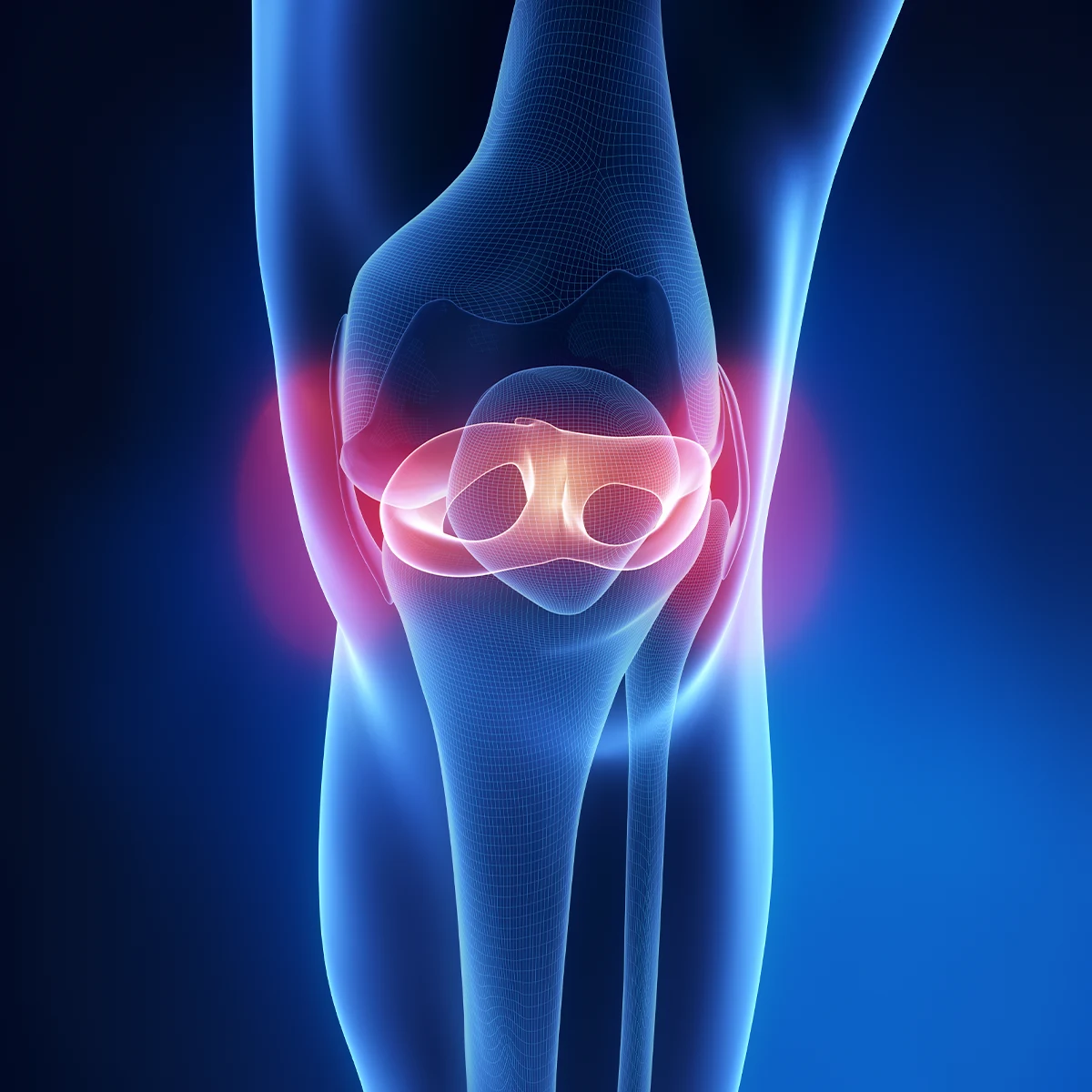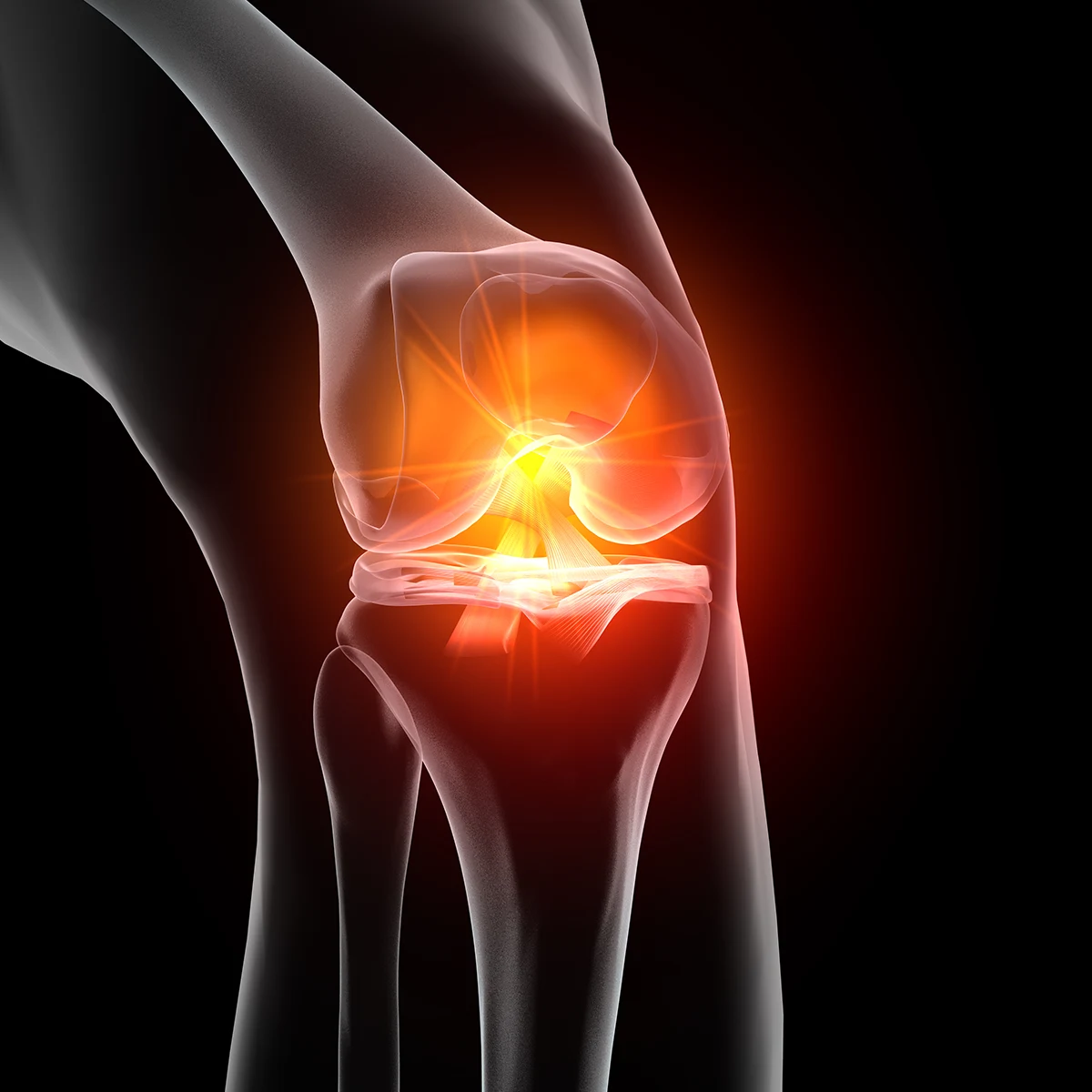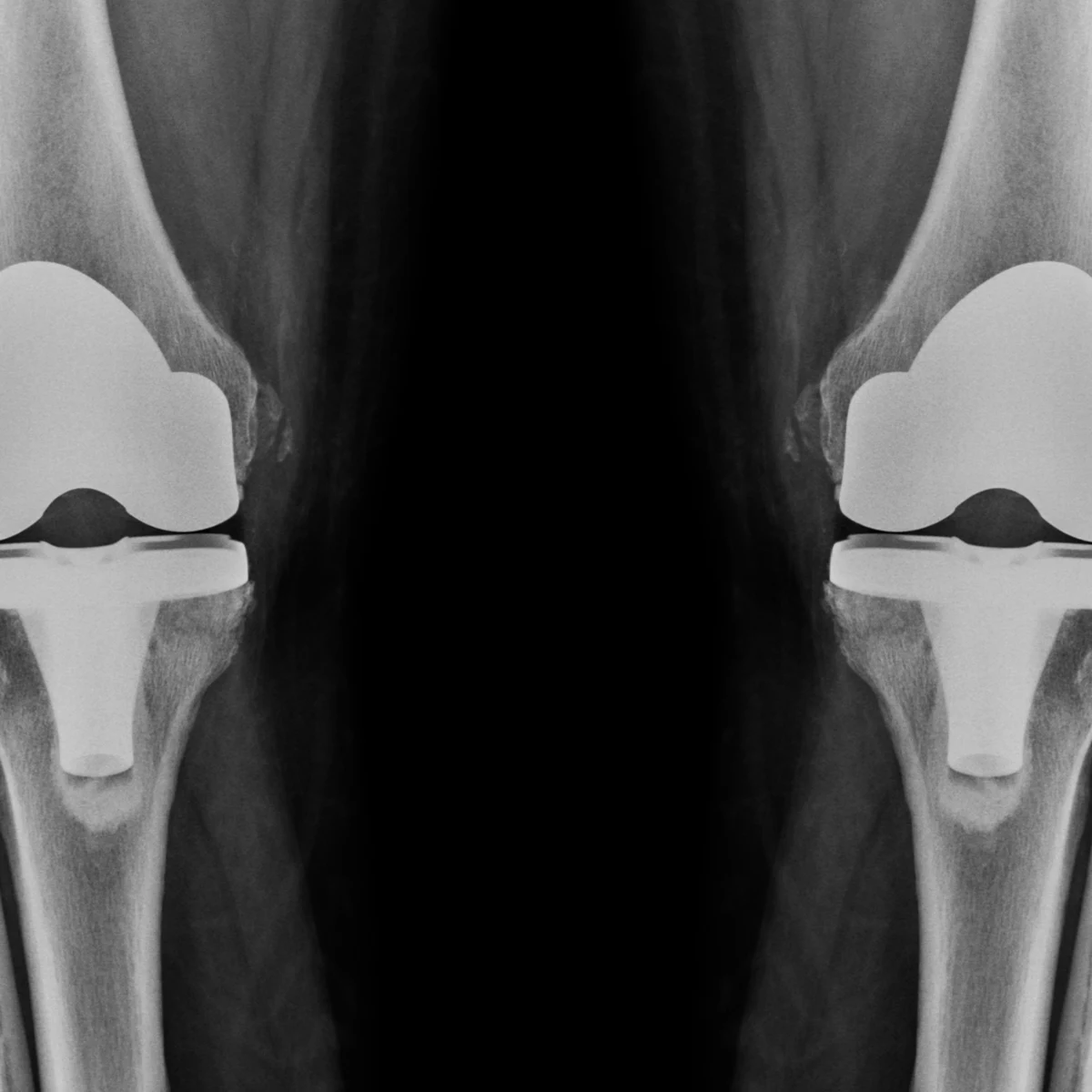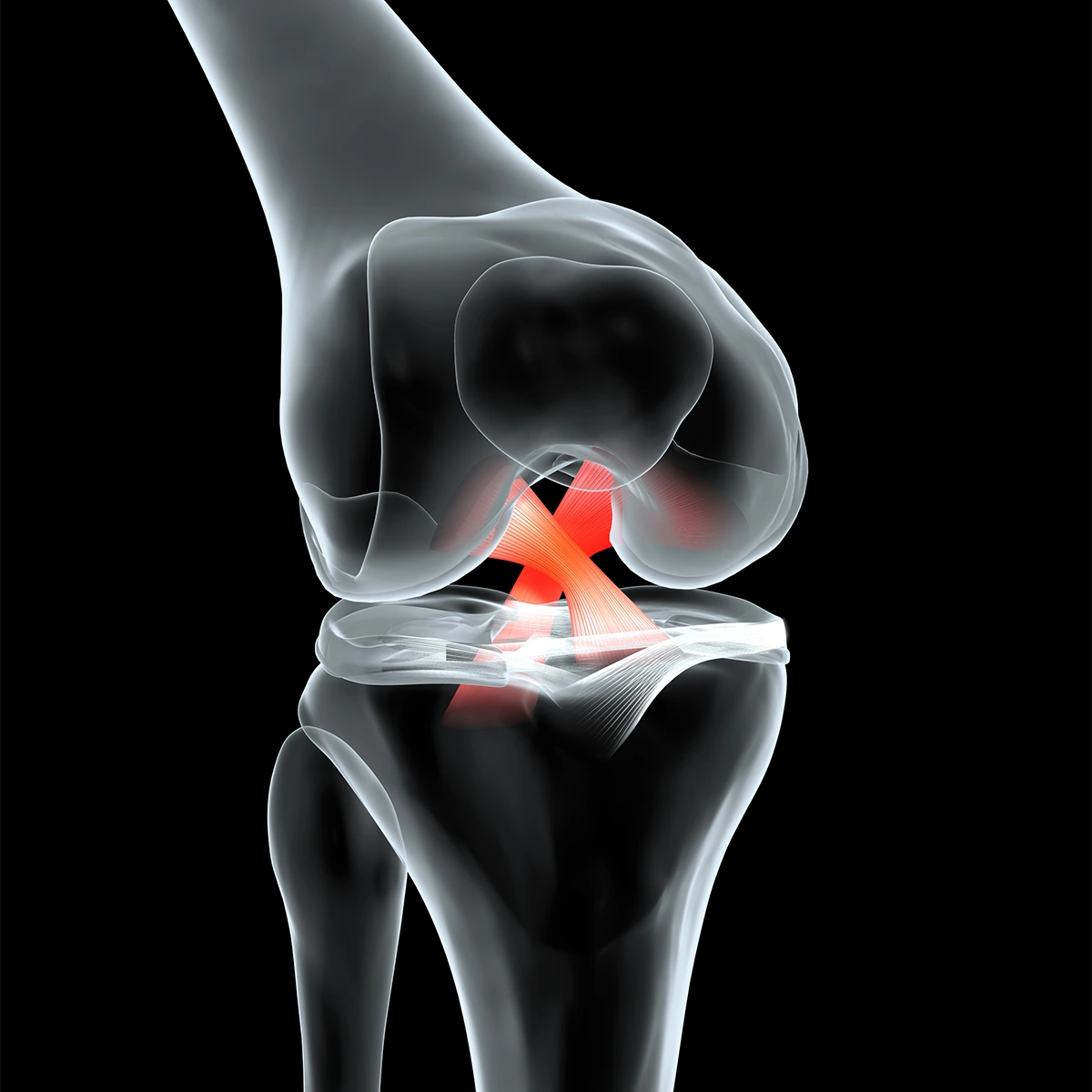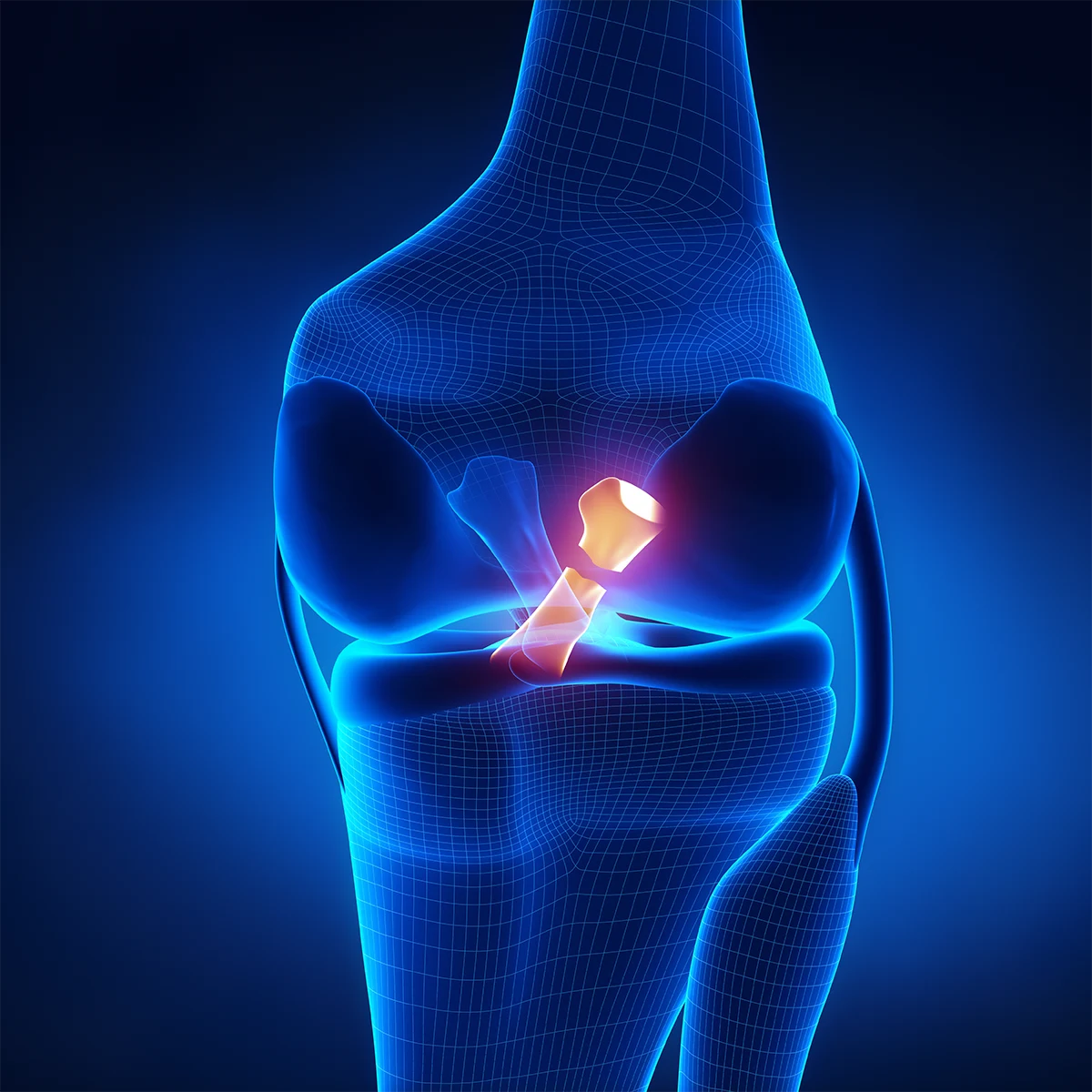Partial knee replacement, a form of knee arthroplasty (joint replacement), involves replacing the damaged compartments (sections) of the knee joint with prosthetic components. While most people require about six weeks to recover, you can begin moving and walking with assistance shortly after the procedure.
There are three compartments in your knee joint:
- Medial Compartment: The inner section of the knee joint.
- Lateral Compartment: The outer section of the knee joint.
- Patellofemoral Compartment: The area beneath the kneecap (patella).
conditions treated with partial knee replacement
Arthritis is the leading condition that necessitates partial knee replacement surgery, with osteoarthritis being the most common type among those opting for this procedure.
Dr. Miano may recommend a partial knee replacement if you experience severe symptoms that persist despite trying nonsurgical treatments, including:
- Persistent knee pain.
- Significant joint stiffness.
- Reduced range of motion.
- Difficulty performing daily activities.
- Ineffectiveness of medications or physical therapy.
during partial knee replacement surgery
On the day of your surgery, you’ll receive anesthesia to ensure you don’t feel any pain. An anesthesiologist will administer either general anesthesia to put you to sleep or regional anesthesia to numb you from the waist down.
During a partial knee replacement, your orthopedic surgeon will:
- Remove the damaged cartilage and bone from the affected compartments.
- Insert the prosthetic components.
- Place a plastic spacer to mimic the smooth cushion of the cartilage that was damaged or removed.
benefits of a partial knee replacement
Partial knee replacement is a safe and effective procedure for alleviating long-term symptoms such as pain and stiffness. Patients who undergo this surgery typically experience improved mobility and a higher quality of life.
Partial knee replacements also usually have a much faster recovery time than total knee replacements.
potential complications
Although partial knee replacement surgery is generally effective, some individuals may still experience pain and other symptoms. Rare complications can include:
- Infection at the surgical site.
- Blood clots in the leg (deep vein thrombosis).
- Implant loosening or failure.
- Persistent pain or stiffness.
- Nerve or blood vessel damage.
- Allergic reaction to the implant materials.
Your surgeon will provide detailed information about what to expect after your surgery and offer guidance on reducing the risk of complications
partial or full knee replacement
A partial knee replacement is one of two types of knee replacement surgeries, the other being a total knee replacement.
Total knee replacements are more common and involve replacing all three compartments of the knee with a prosthetic joint.
In contrast, a partial knee replacement targets only the damaged compartments, preserving the healthy sections of the knee. This approach often feels more natural, typically has a quicker recovery, and places less stress on the body. As a result, many patients who qualify for a partial knee replacement prefer it over a total knee replacement.
Neither type of knee replacement is inherently better; the choice depends on your specific needs, the extent of damage to your knee joint, and your orthopedic surgeon‘s recommendation for the best approach for you.
Ready to book an appointment?
Other Knee Procedures


